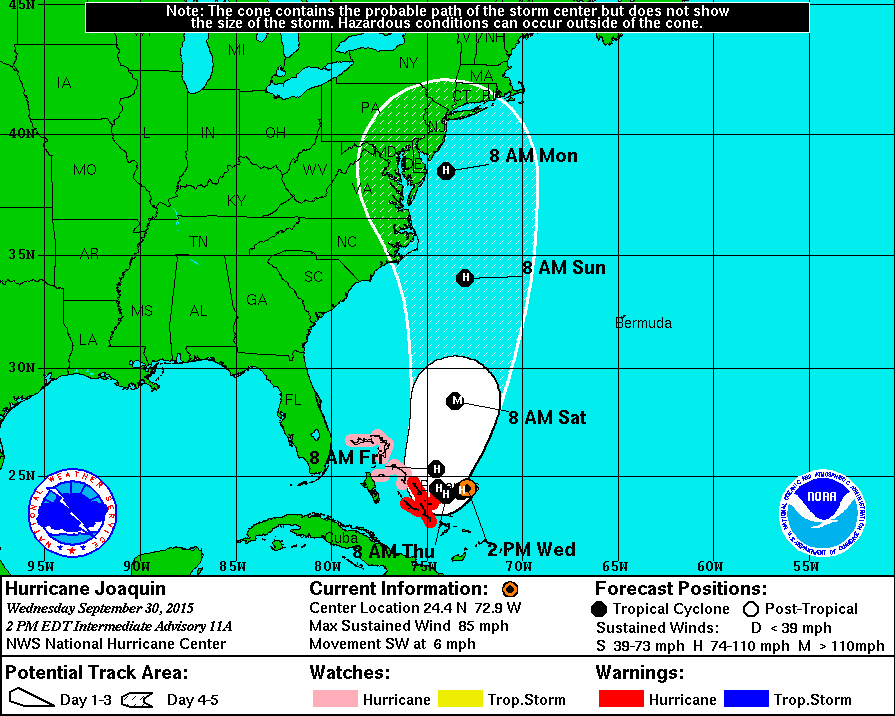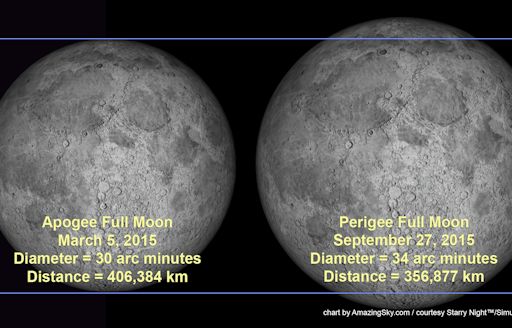Monday, November 7, 2016
Another weak cold front will pass through the area tomorrow evening. And, the expected weather will be very similar to last week’s light rain. The front and the upper energy will be arriving from the northwest and will not have much moisture with which to work. So, same idea as last week – a pretty high probability for a little bit of rain. For those who received some rain last week (unfortunately not my yard), it’ll be about the same again – a trace up to about .10″ of water. So, the dry conditions will continue.
Changes ahead
For most of this fall, our warm, dry weather pattern has been caused by a strong upper level ridging pattern (upper air high pressure) pushing the primary jet stream far to our north over Canada. The ridging pattern has been dominate, but has weakened at times to allow some weak cold air masses to invade the eastern U.S. But the ridge has always rebuilt quickly to bring back the above normal temperatures. That’s been the basic upper air pattern since late August with the predictable result of a warm, dry autumn.
Last week, however, the global forecast models started pointing toward a breakdown of that system. In general, the upper air ridge sitting over the central U.S. is expected to retrograde (shift westward) to the southwestern U.S./eastern north Pacific. This will open the door for an upper level trough (upper low) to dig into the eastern half of North America. This will not happen quickly. It is starting now and will bring us some Canadian air by Wednesday, then a second burst of energy will bring us even colder air by the weekend. Then, a third system will bring even colder air early next week.
How long this trend will continue is an open question. Yesterday, the GFS brought a massive storm into the Ohio Valley (with snow!) on the Tuesday before Thanksgiving. Today, it has forgotten all about that storm idea, at least for the Ohio Valley. Meanwhile, the European model is generally a little colder than the GFS with the upcoming colder trend AND it still is hinting at a major pre-Thanksgiving storm over the Ohio Valley or the southeastern states. It’s still far to early to do any serious speculation on any storms. But, it does appear very likely that we’e going to drop into the “below normal” temperature category for the next 10 days to two weeks.
Election Day
Ever wonder why our Federal elections are held on a Tuesday? If your answer is “no”, stop reading and be sure to VOTE tomorrow.
If, however, your answer is “yes”, continue reading. Back in the early days (late 1700’s and early 1800’s) there were no national laws governing elections. States could chose to hold them whenever they wanted…as long as they had their votes counted before an early December meeting of the members of the Electoral College in Washington. That worked pretty well until the number of states starting growing larger. In the 1810’s Congress tried to organize some of the randomness by mandating that the state elections had to be held within a 34-day period of the fall. By the 1840’s, as communication methods improved, the varying dates of state’s elections started to play a role with the later-voting states’s voting patterns, or so it was believed.
So Congress agreed that everyone should vote on the same day. But how to chose the day? Back then, the country was mostly agrarian, so it should be a time after the crops were harvested. But, the winter had frequent snow storms (remember, most of the U.S was in the northeast back then), so the winter months were too risky. That left November as the logical choice. But which day of the week? Sunday was out because it was church day and a day of rest. Monday was out because of Sunday. Back in the horse and buggy days, many voters would have to travel the day before (Sunday) so they’d have the time to vote and get home on Monday. So, Monday lost out due to possible Sunday travel (not a good idea in those times). Wednesday was Market Day – when the farmers brought their goods to town to sell to the city-dwellers. To Congress, the logical winner was Tuesday. In 1845 the matter was settled by Federal Law – Election Day would be on the Tuesday immediately following the first Monday in November.
That’s tomorrow…please VOTE.




